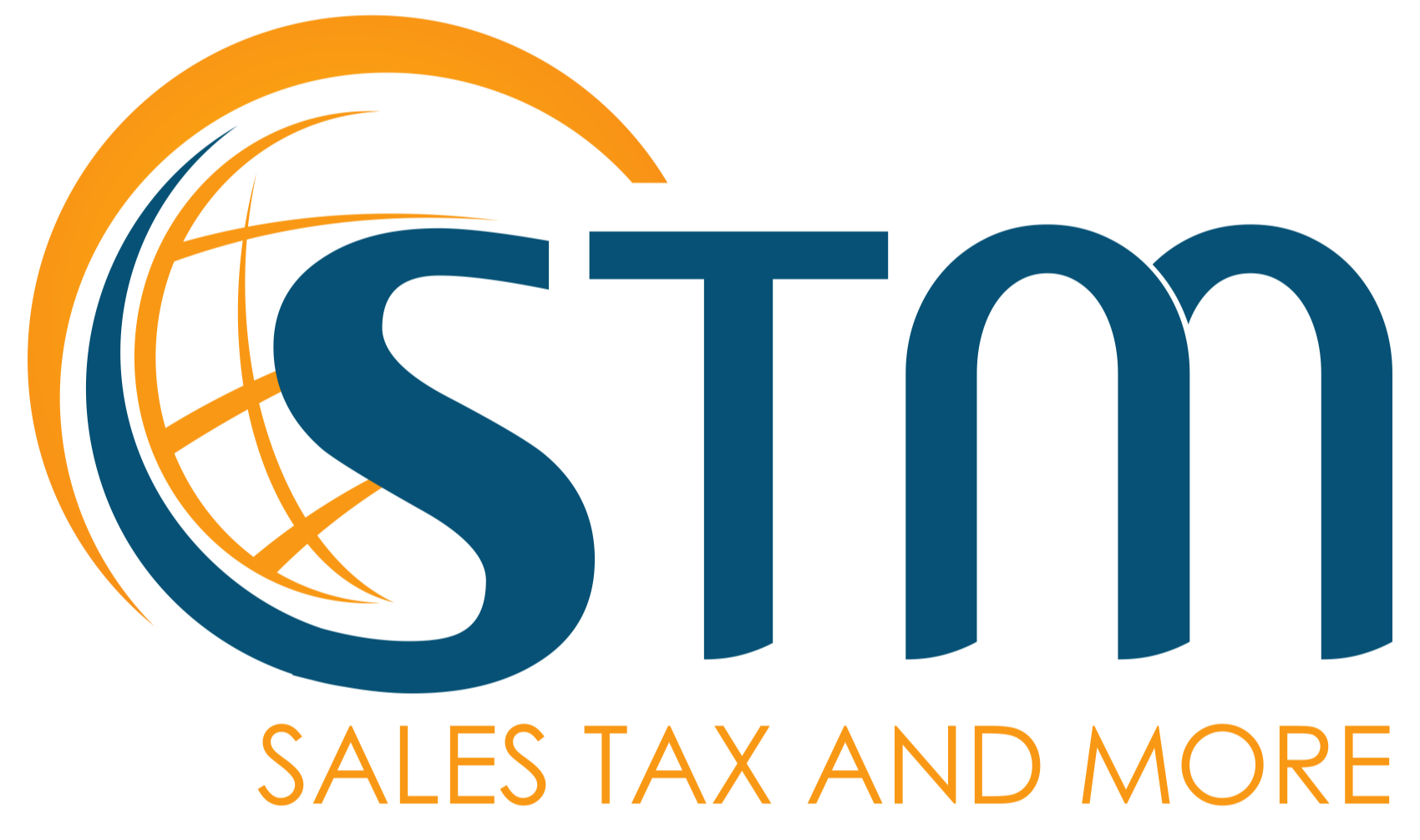Understanding Sales Tax for International Sellers
The rules are exactly the same for foreign sellers as they are for domestic sellers when it comes to sales and use tax. However, international sellers, especially eCommerce sellers, face a unique set of challenges when it comes to state taxes because many do not have the resources to determine what is required of them or even of their domestic competitors. They are not immersed in an environment where sales tax is the norm. Tax laws in the United States differ from those in other countries, and it is essential to understand them to remain compliant. Are you an international seller who wants to understand where you may have sales tax exposure? Let’s find out!
Physical and Economic Nexus
In the United States, sales tax exposure generally begins with nexus. Nexus is simply a link or connection with a state that must be present before the state can require you to collect its taxes. So basically, if you have nexus with a state, you may be required to collect sales tax in that state (dependent on other factors). But how do you know if you have nexus?
There are two types of nexus. Physical nexus is commonly established by having a physical location in a state, like a retail shop; however, physical nexus can also be established through a variety of activities. For example, if you have inventory in a state, you may have a physical presence in that state, which could create nexus with that state. Furthermore, if you are using an independent contractor in a state, you may have a physical presence in that state, which could lead to the responsibility to collect and remit that state’s taxes. There are several activities like these that can create a physical presence nexus with a state. For more, check out our chart here. Many business owners and their trusted advisors find themselves in trouble because of an undiagnosed physical presence nexus, so it is important to understand this concept fully to remain compliant.
The second type of nexus is economic nexus. Economic nexus for sales tax has been around since 2018, following the Supreme Court’s decision in South Dakota v. Wayfair, Inc. Since then, many states have decided that you can be required to collect and remit their state taxes if you meet some monetary and/or transactional sales threshold. Each state defines that threshold uniquely, so it is important to understand where you are making sales and what the rules are in those states you are doing business in. The most common threshold is $100,000 or 200 transactions. For state-specific information on economic nexus, check out our chart here.
So, generally speaking, if you are an international seller, here are some guidelines to nexus:
If you have a physical presence in the United States, through activities like having a physical location, inventory, the use of independent contractors, etc., you likely have nexus with the jurisdiction where that physical activity takes place.
If you have no physical presence in the United States, but you make remote sales into the United States, you may have economic nexus with one or multiple states. You will need to review the economic nexus thresholds in the states you are making remote sales to determine your potential exposure. For state-specific information on economic nexus, check out our chart here. If you have no physical presence in the United States, and you do not make remote sales into the United States, there is generally no nexus and no sales tax exposure.
Once you determine where you have nexus, the next items you will want to look at include the taxability of your items, marketplace facilitator rules, and where your exposure is material. It all starts with nexus, but just because you have nexus doesn’t necessarily mean you will be required to collect and remit state taxes. It is important that everyone remain sales tax compliant with the states, regardless of citizenship status. If you require assistance, you can schedule a consultation here; we’d be happy to help!
By: Briana Wagner
This blog is intended for educational purposes and not as tax advice. Tax policies and procedures change frequently, so specific information, such as thresholds, rates, etc. included in this blog may have changed since it was originally published. Please request a consultation for more in-depth information.
